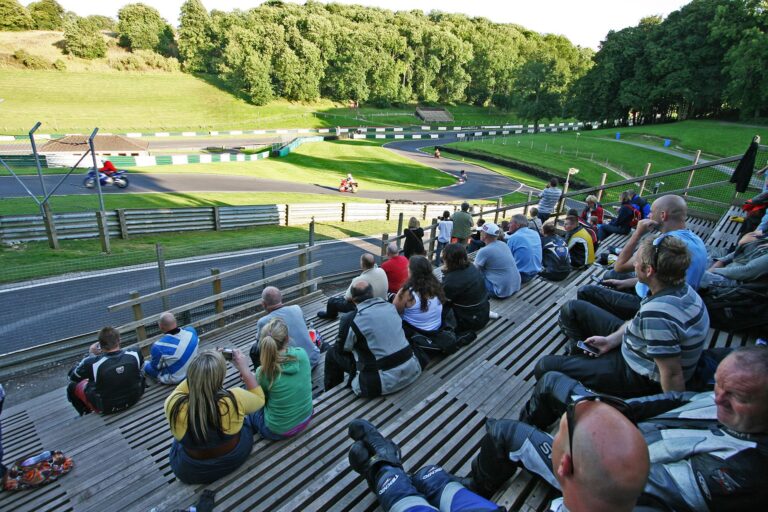
Top 5 budget trackday bikes
Looking to hit the track without risking your prized road bike? This guide rounds up the best budget track day bikes riders can buy for under £2500. From the nimble Honda CB500 to the raw and racy Yamaha R6, and
The Pit Stop
The Pit Stop
Share this page:

Looking to hit the track without risking your prized road bike? This guide rounds up the best budget track day bikes riders can buy for under £2500. From the nimble Honda CB500 to the raw and racy Yamaha R6, and

Enter our September prize draw to win an ultimate wiper kit by BikerGuard, the coolest gadget that brings windscreen wipers to motorbikes. Never fear rain again!

Fancy a quick weekend escape to the Lakes? Check out the BeMoto two-day Lake District motorbike overnighter with lakeside roads, breath-taking views, and a ride over the iconic Honister Pass for the ultimate guide to seeing the Lakes on a
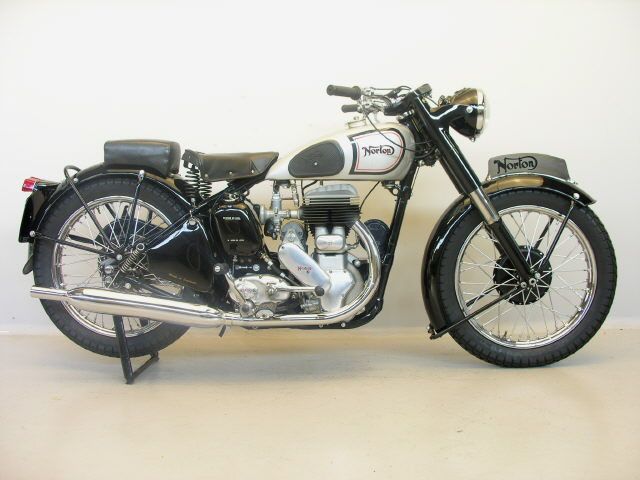
Claiming a classic motorbike registration can restore your bike’s heritage and value, whether it’s a barn find or unregistered machine. If your bike has never been registered or has an age-related plate, you can reclaim its original number. This guide
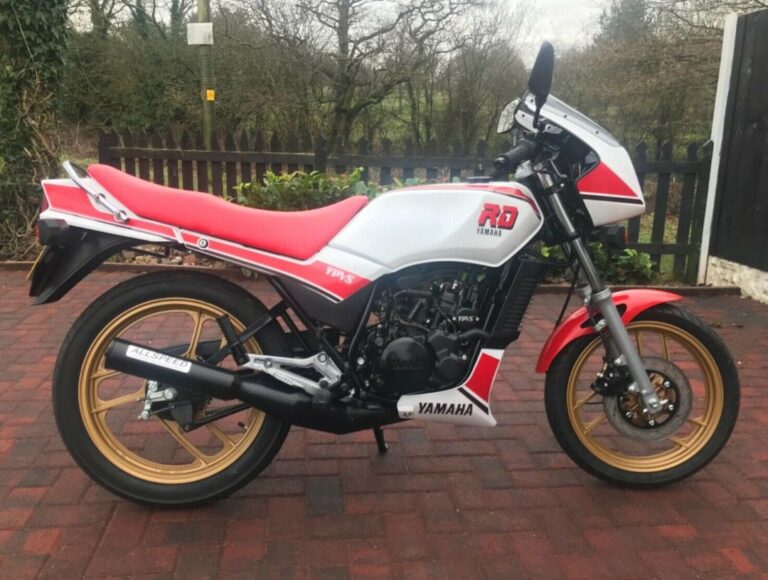
This Yamaha RD125LC review takes a close look at the iconic 1980s lightweight motorcycle that’s capturing the hearts of nostalgic riders and collectors alike. With its liquid-cooled single-cylinder engine producing 17 horsepower and a top speed of around 78 mph,

Is your bike feeling sluggish to push or slow to stop? It could be a stuck piston caused by corrosion inside the calliper. In this motorbike brake callipers rebuild guide, Bruce Dunn walks through the essential steps to restore braking
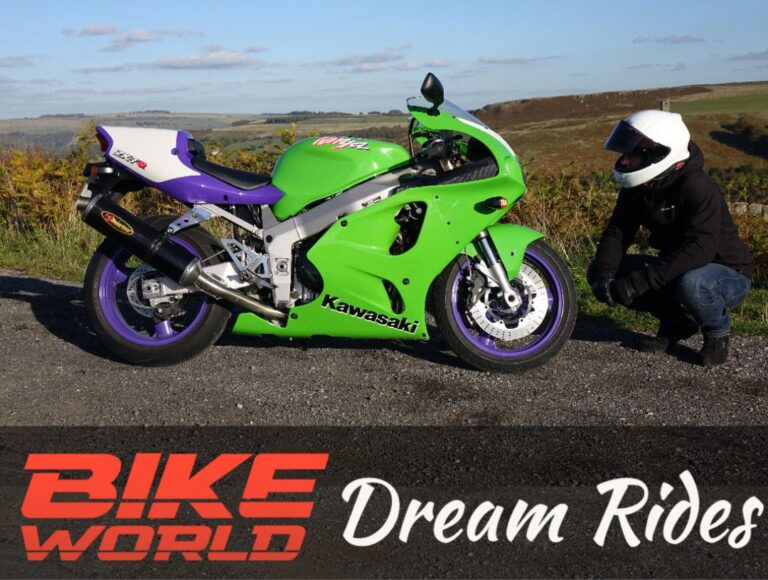
This Kawasaki ZX-7RR review dives into the story of one of the rarest and most iconic homologation specials of the 1990s. Built to challenge Ducati’s WSBK dominance, the ZX-7RR (N1) combined race-ready features like a close-ratio gearbox, adjustable swingarm pivot,
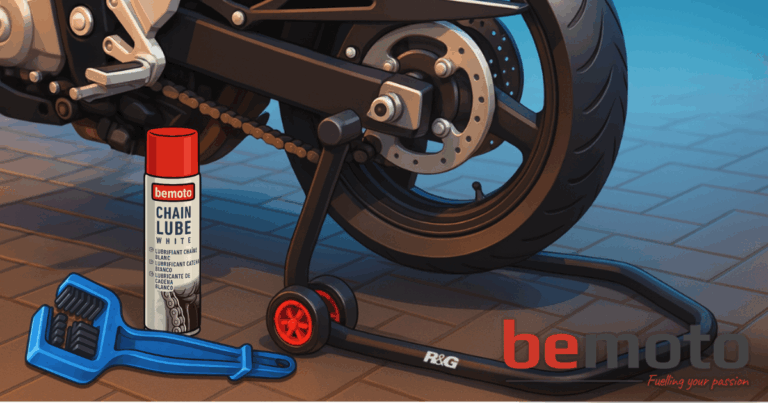
Welcome to your no-nonsense, beginner-friendly guide to cleaning and lubing your motorbike chain at home. Get it done right with our easy-to-follow steps and enjoy miles and miles of friction-free riding.
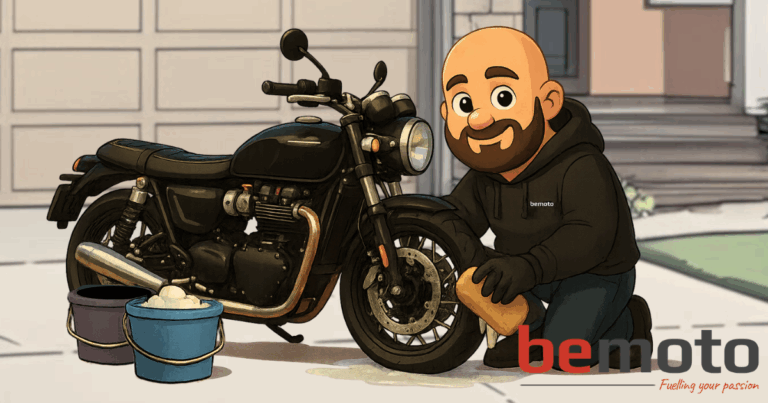
A no-nonsense, beginner-friendly guide to cleaning your motorbike the right way. Keep your bike in top shape and avoid costly mistakes.
BeMoto is a trading name of Moto Broking Limited registered in England and Wales, company number 09676058. Registered office: First Floor 15-27, Cowgate, Peterborough, PE1 1LZ. Moto Broking Limited is authorised and regulated by the Financial Conduct Authority (FCA registration number 715903). Calls may be recorded for our joint protection and training purposes.